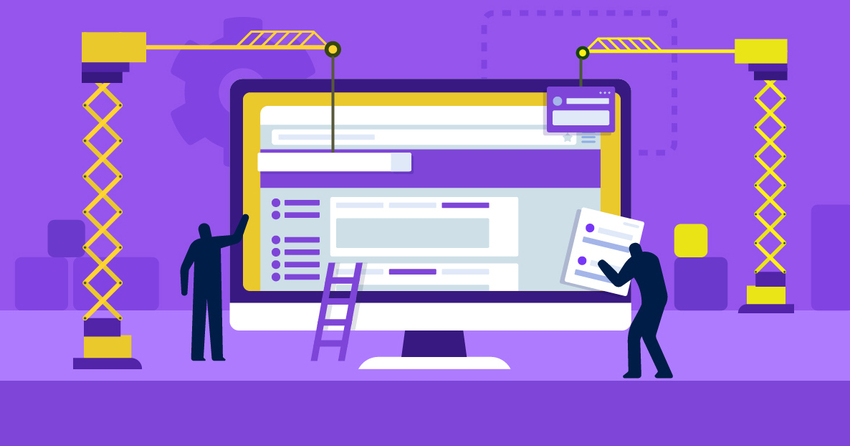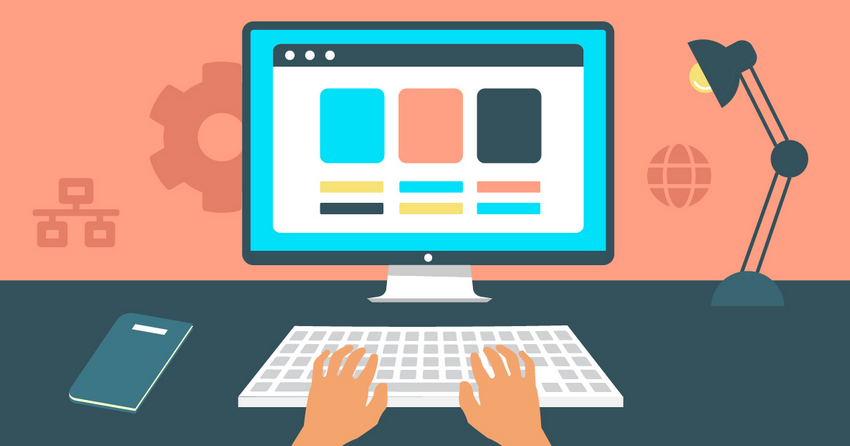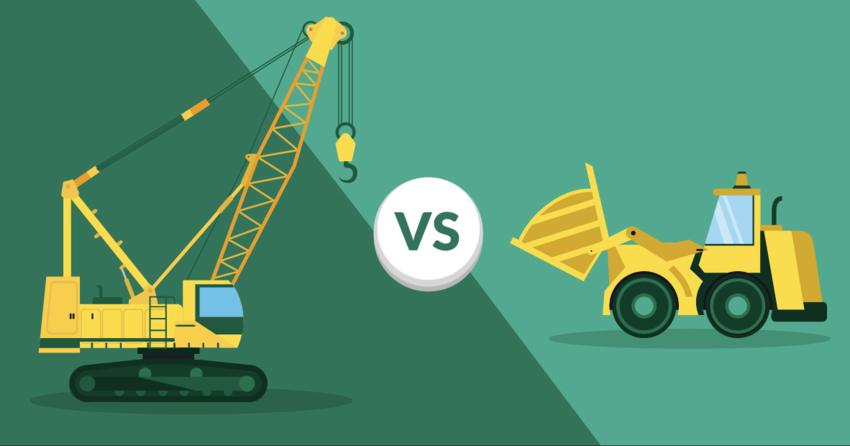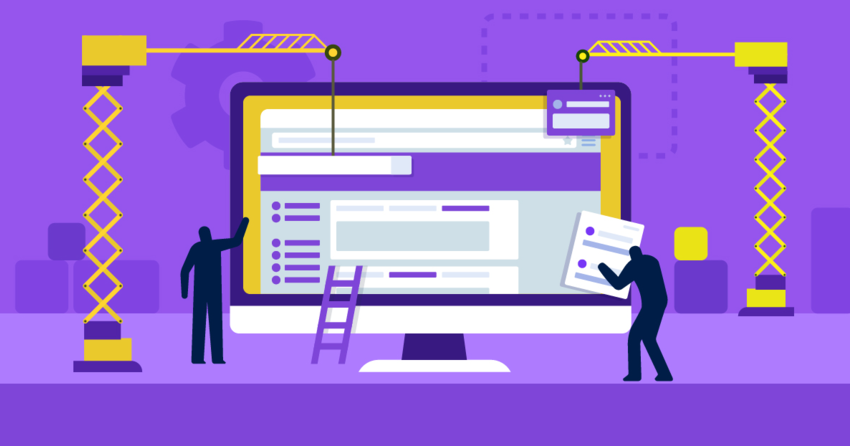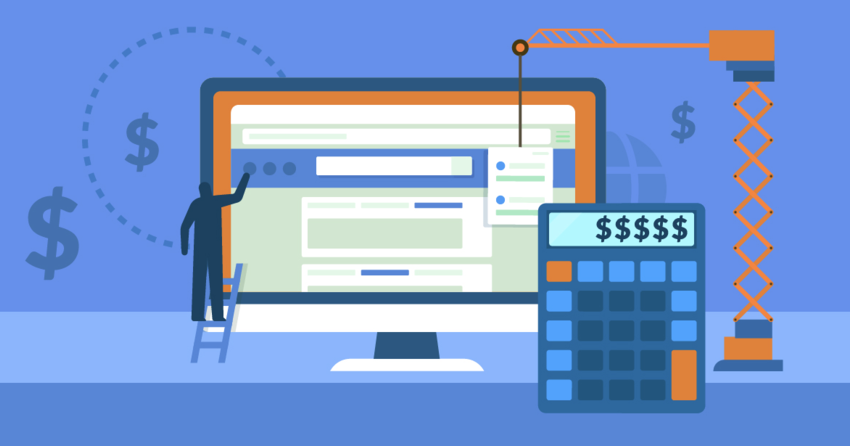Inside this Article

Save up to 25 % on your Shopify plan!
Limited-time offer - Don't miss it!
558 users used this coupon!
Templates
Completely Customize Your Branding With Shopify
When it comes to templates, Amazon can’t compete with Shopify. Shopify’s 90+ templates are all clean, modern, and engaging. You can customize the layout and content of your homepage, but it’s worth bearing in mind that you won’t get the same flexibility with the other pages on your site. You’ll still be able to customize your font, colors, and content, but you don’t have a ton of layout customization for your theme’s pages.
Even if there aren’t many of them, Shopify’s templates are all unique and fresh
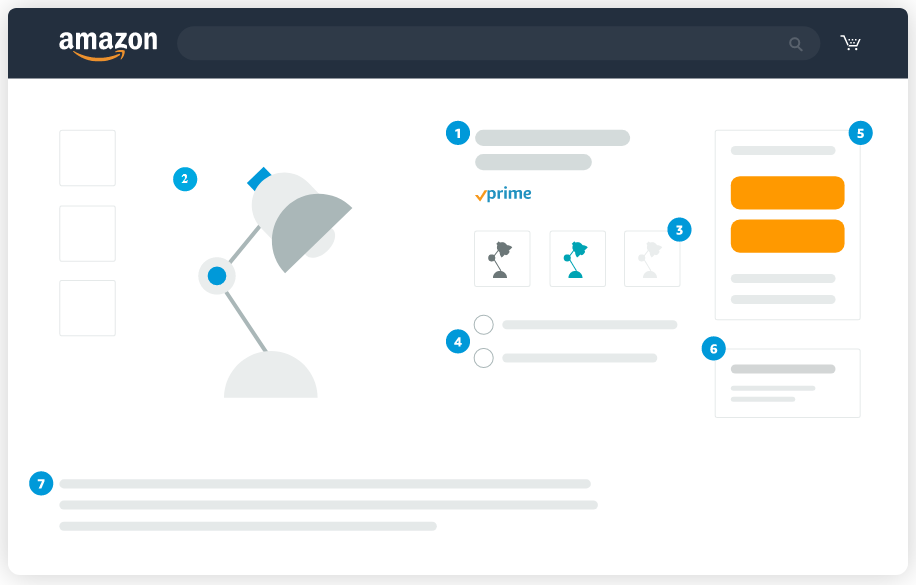
If you decide to go with Amazon, get used to this page – every product page on Amazon uses this same layout
Features and Ease of Use
Shopify Gives You Everything You Need to Manage Your Online Store
If you want to get your e-commerce store up and running quickly, then Shopify is your best bet. All you need to do to get started with Shopify is to create an account, answer a few questions, and start building your website. If you’ve only got a few products or services, you could have your store up and running within an hour. Amazon, on the other hand, requires a lot more to get started. Before you can add products to the Amazon marketplace, you’ll need to provide your government ID and tax information to verify your identity. Amazon also states that you may be asked to meet with an Amazon Associate (either in-person or via a video call) as part of this verification process. It makes sense, really – Amazon’s strength lies in customer trust, so it needs to ensure that it only accepts genuine sellers. It’s not all that difficult to sign up once you’ve got some basic documentation. But is this extended verification process worth the features you get? Unless you plan on paying for Fulfillment by Amazon (FBA), not entirely. As an FBA customer, you’ll get some basic tools to help you manage your inventory and improve your discoverability in the marketplace. These inventory management tools aren’t bad, per se – they use Amazon’s sales data to tell you when it’s time to send more inventory to the warehouse and how much you need to send. But if you’re fulfilling orders yourself, you’re on your own. In comparison, Shopify makes it easy to manage your inventory thanks to its Shopify Flow automation tool. You can either use a pre-built template or build a custom workflow that automatically adds tasks to your productivity software of choice when you’re running low on stock. If you manage a larger store, you can also use these workflows to alert marketing to stop promoting out-of-stock products.
You can use Shopify’s automation tools to build low- and out-of-stock workflows
Apps
If You Need a Specific E-Commerce Feature, Shopify’s Got You Covered
With over 7000 free and paid apps, Shopify is the clear winner for this section. No matter your budget or what features you need, you’ll be able to find a Shopify or third-party app to extend your website’s functionality and give your business an advantage. As you’d expect, the Shopify app store offers the standard integrations for social media and email marketing. There’s also a broad selection of more niche applications covering features like dropshipping management, print on demand, and even product recommendation quiz builders. There are even Shopify apps to connect your Amazon sales channel to your e-commerce store. These let you synchronize your orders and inventory, create Amazon product listings, and track your sales analytics without needing to leave your Shopify account. If you want to build an e-commerce powerhouse that you can manage through a single dashboard, Shopify’s app marketplace is a great choice for you.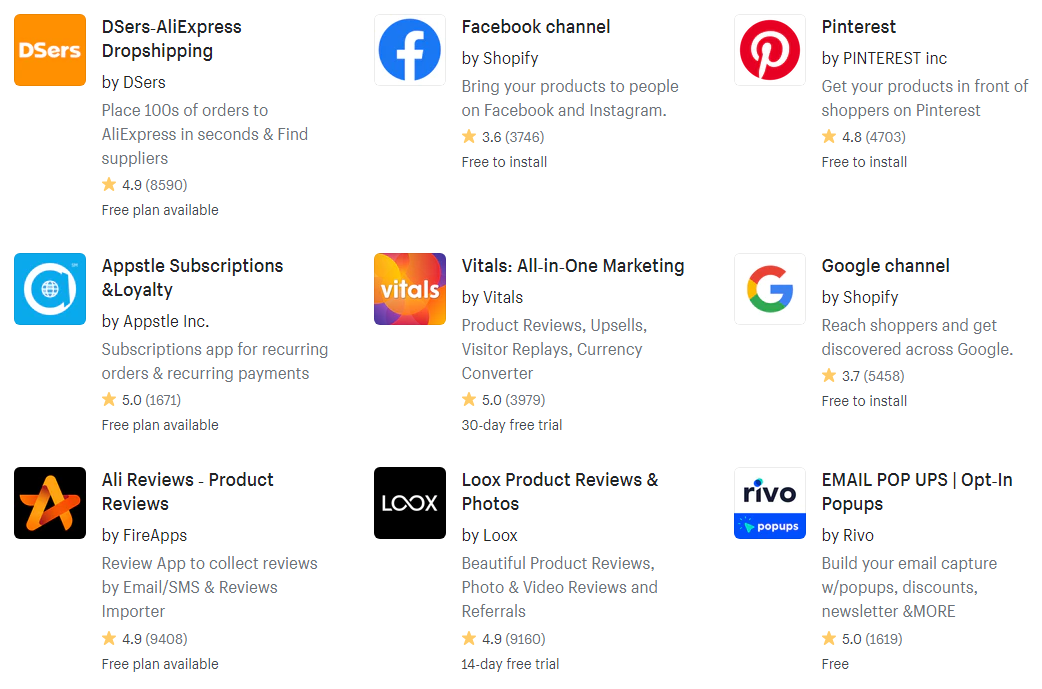
If you need a niche e-commerce website feature, you’ll probably find it in the Shopify app store

Short on time?
Take this one-minute quiz to learn which website builders are best for your project.
E-Commerce
Interested in Dropshipping? Avoid Amazon
Both Shopify and Amazon have a complete set of e-commerce tools to help you sell online, but one of the biggest areas where they differ is dropshipping. Dropshipping on Shopify is simple. All you need to do is install a dropshipping app and choose the products you want to sell – the app will automatically pull product data from the wholesale merchant and add it to your catalog. When a customer places an order, that order is automatically sent to your wholesaler. The wholesaler then sends the order to the customer, so you don’t need to worry about storing any products.
It’s easy to set up a dropshipping business on Shopify
SEO
Amazon Handles Your SEO for You
This is another area where it’s difficult to determine a winner because of how different Shopify and Amazon are. Because Shopify is a website builder, you’ll have to work on your SEO yourself. On the other hand, using the Amazon marketplace means you can benefit from Amazon’s SEO power. Amazon’s domain already ranks highly on search engines, so you won’t have to work as hard to get your products found through search engines like Google and Bing. With that being said, you’ll still have to compete against other sellers on Amazon’s internal search engine. Amazon offers some advice on how to do this yourself, and it’s not too hard to do some basic optimization. For more advanced stuff you’ll likely need expert advice, but it’s not necessary – just doing the basics should greatly improve your rankings. If this still sounds too complicated, you can pay to put your listing at the top of relevant search result pages as Sponsored content. Even if you don’t pay for this, chances are that you’ll still get some decent traffic – after all, Amazon gets billions of unique website visitors every month in the US alone.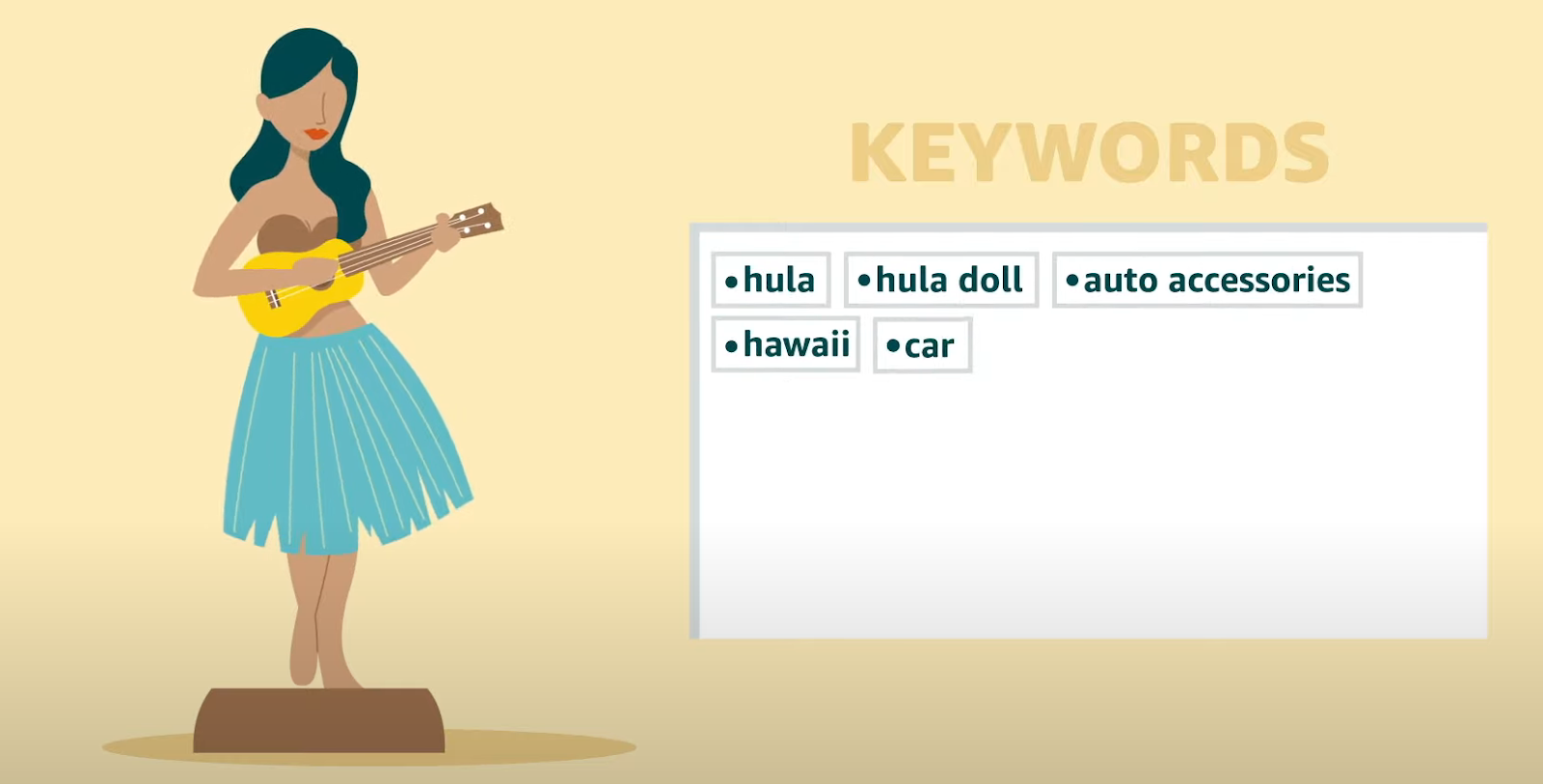
Amazon’s Seller University has several videos teaching you how to optimize your product pages
Want to build your own store with Shopify, but don’t have the time or energy to deal with SEO? On Fiverr, you can hire an SEO expert for as little as $5, and still get decent results.
Pricing
Shopify Keeps Your Overheads Low
You’ll need to spend a lot more to sell on Amazon. Depending on the plan you choose, there are several other fees you need to consider on top of Amazon’s per-item or monthly fee. Whenever you sell a product, you’ll pay a percentage of that sale in referral fees, and those fees vary depending on the product category. Amazon also charges refund administration fees and high-volume listing fees. Shopify’s pricing is simpler and more advantageous – there are no hidden fees so it’s easier to budget for your overheads. You’ll pay a flat monthly fee to list an unlimited number of products on your website. On top of that, you’ll need to purchase a domain name and pay a small percentage on sales not processed through Shopify Payments. This is Shopify’s own payment gateway, which you can use on any plan for no additional monthly fee. On top of that, Shopify’s fulfillment service is a lot cheaper than Amazon’s. Amazon charges per cubic foot of warehouse space, and that price fluctuates based on the time of year. Shopify doesn’t charge at all for inventory that sells within 6 months and, after that, you’re only charged per item based on the product weight. Overall, Shopify makes it a lot easier to budget for your overheads and set your profit margins. Here’s what you need to know about Shopify and Amazon’s pricing:| Shopify | Amazon | |
|---|---|---|
| Starting Price | $29.00 | $0.99 per item sold |
| Additional fees | Domain name, third-party transaction fees | Referral fees, refund administration fees, book rental fees |
| Free trial? | ✔ | ✘ |
| SEO and marketing tools | Built-in analytics, email marketing, and SEO tools, plus hundreds of free and paid marketing apps | Hundreds of free and paid marketing apps |
| Additional sales channels | 20+, including Amazon | ✘ |
| Discounted shipping | ✔ | ✔ |
| Customer support | 24/7 live chat and ticket system, knowledge base, video tutorials, webinars, community forum | Ticket system, knowledge base, video tutorials |
Support
Shopify’s Customer Support Goes the Extra Mile
It’s a lot easier to contact Shopify than Amazon. Shopify offers 24/7 support via its ticketing system, live chat, and knowledge base. To contact the support team, you just need to go to the Help Center, click Contact Shopify support, choose your help category, and select a contact option. I fired an email ticket off to Shopify from my test account and got a response in around 4 hours. And, honestly, this is perhaps one of the best customer service interactions I’ve had in my freelance career. Not only did the agent answer my questions, but they offered some additional support materials to help my new business get up and running on Shopify.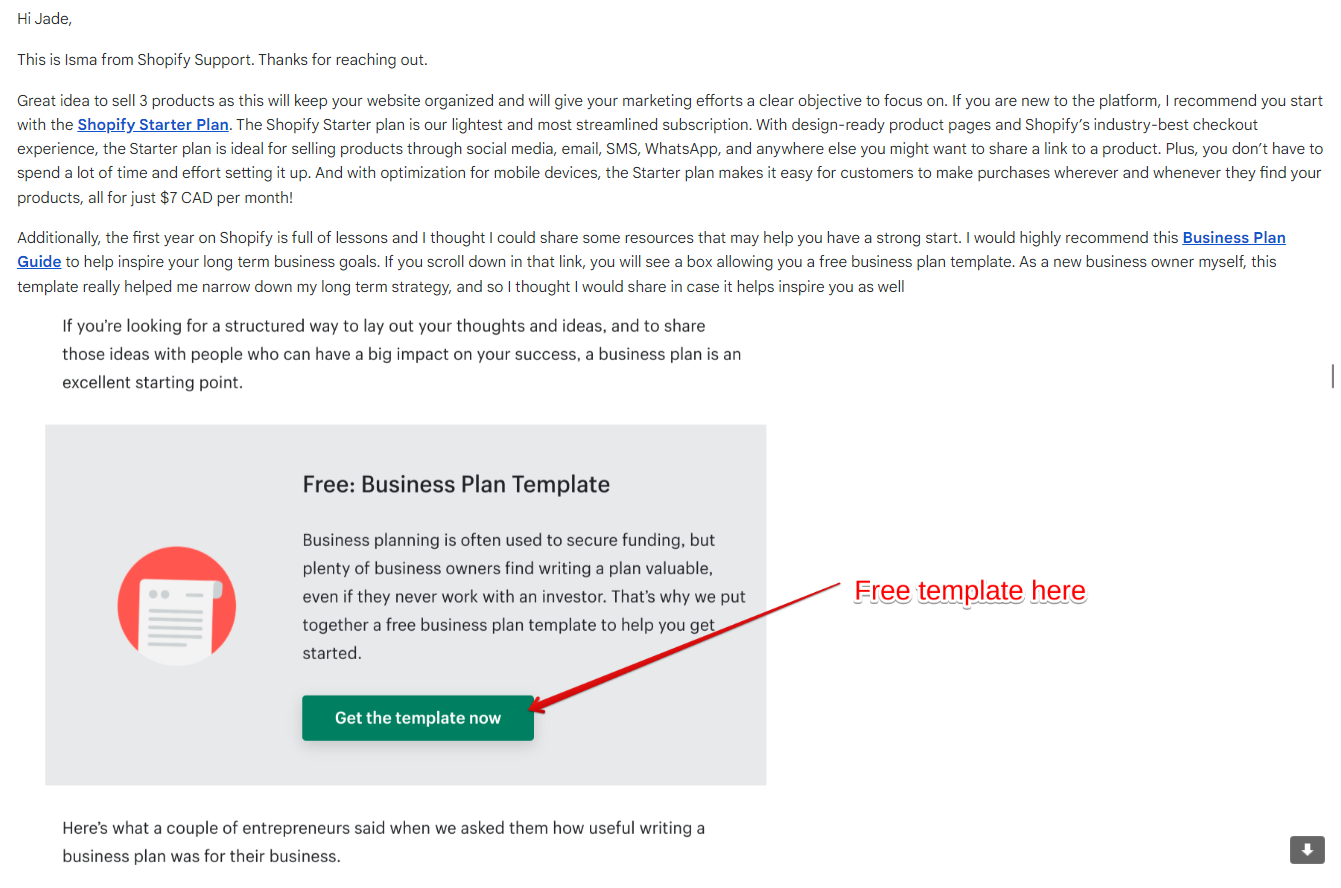
I always appreciate it when customer service agents don’t just try to sell an expensive plan

Talking to Amazon’s customer support feels like talking to a robot
Shopify vs Amazon: There’s One Clear Winner
Shopify is my top recommendation for your e-commerce business. While you’ll have to do a lot more to help new customers to find your business, you’ll have full control over your branding and 24/7 support. You also won’t have to worry about a ton of additional fees eating into your profit margins. It’s still worth selling on Amazon, though, because you’ll benefit from its massive SEO power and the trust this marketplace has garnered with its customers. You can even connect your Amazon Professional Seller account to your Shopify store. However, I can’t recommend it for new or small businesses – the limited customization makes it difficult to build your brand. Here are the key points in this comparison between Shopify and Amazon:Shopify
Amazon
Templates
90+ mobile-friendly templates
Fixed store design and product page layout
Features & Ease of Use
7000+ (free and paid)
Great inventory management tools, but they’re only available to sellers using FBA
Apps
Great for all kinds of e-commerce businesses, including dropshipping
2000+ (free and paid)
E-Commerce
Great for all kinds of e-commerce businesses, including dropshipping
Works best for traditional retail e-commerce, with restrictions on dropshipping
SEO
Built-in SEO tools and automatically generated sitemaps
High ranking on external search engines for Amazon’s brand, plus tutorials on how to improve your listings on its own search engine
Pricing
Per-month pricing with few additional fees
Per-item pricing (Individual plan) or per-month pricing (Professional plan) with several additional fees
Support
24/7 live chat and ticket system, knowledge base, video tutorials, webinars, community forum
Ticket system, knowledge base, video tutorials



